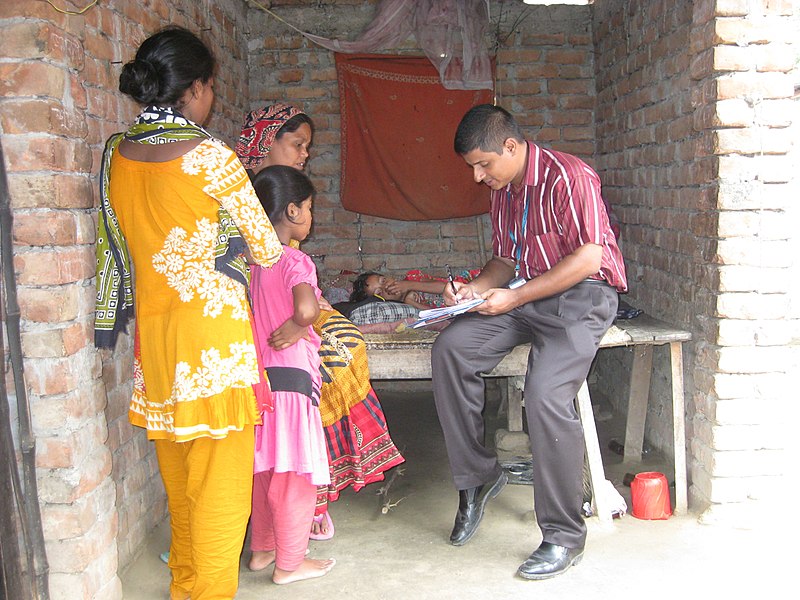Yemen’s devastating Cholera outbreak has infected almost one million people and killed over 2,000 since July, the World Health Organization announced in late November. Although Cholera is relatively common in Yemen, the surge in cases began in April of 2016. The outbreak has been described in a joint statement by the United Nations Children’s Fund and World Health Organization as “the worst cholera outbreak in the world.” According to the WHO’s most recent update, the outbreak has hit 96% of Yemen governorates and 92% of the districts. Almost 60% of those infected are children under 18 years of age, with 27% being children under five, according to the WHO’s weekly update. The case fatality risk (CFR), which is the overall fatality rate, has remained steady at approximately 0.25%.
Cholera is an infectious disease caused by consuming food or water contaminated with a bacterium called Vibrio cholerae. Infected people suffer from severe watery diarrhea and vomiting, which can lead to dehydration and death if left untreated. It is relatively easy to prevent as long as people wash their hands with clean water, drink clean water, and eat food that has been boiled or cooked.
However, two years of civil war has resulted in “an almost totally collapsed health, water, and sanitation system,” making clean water a rarity, according to Dr. Sherin Varkey of UNICEF. In addition, the conflict has resulted in a shortage of medicines and medical supplies, left over 55% of hospitals inoperative, and created a large shortage of medical staff. Because of this, it is hard for the ill to be treated with antibiotics and rehydration techniques (which almost always result in a cure), according to the WHO. According to The Guardian, Save the Children’s country director for Yemen, Tamer Kirolos, has concluded that an outbreak of this scale and speed is “what you get when a country is brought to its knees by conflict, when a healthcare system is on the brink of collapse, when its children are starving, and when its people are blocked from getting the medical treatment they need.”
A child from Yemen getting checked for Cholera.
Image Source: STRINGER
It seems that the infection rate has finally begun to decrease dramatically, with the new daily cases going from approximately 6,000 people a day this May, to a little under 4,000 people a day, currently, according to The Guardian article. In addition, the mortality rate has dropped from its original 1% to approximately 0.25%. As such, the BBC article says that the medical charity Médecins Sans Frontières (MSF), which has directed over 100,000 people to 37 different treatment centers in Yemen, has decided to close most of their Cholera treatment centers in Yemen.
Although the outbreak is far from over (experts estimate the disease will spread to one million people by the end of the year), the MSF head of mission in Yemen, Ghassan Abou Chaar, said that the outbreak is no longer a medical priority.
“The cholera outbreak is not over but it is no longer our medical priority in Yemen,” said Chaar in an MSF article. “It is now essential to implement a proper monitoring system with an acute surveillance of the trend of cholera cases and an increased capacity for confirming them. Without appropriate and timely efforts from humanitarian actors, a resurgence of the cholera outbreak could occur.”
Feature Image Source: Cholera Outbreak by CDC Global










